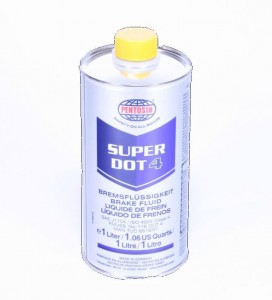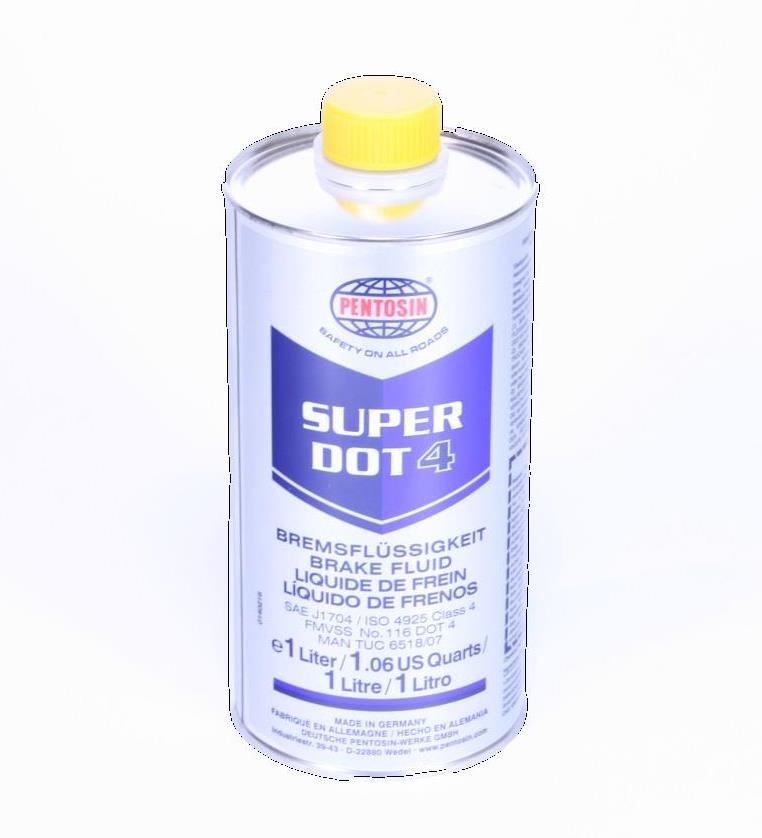My mind wanders when raking leaves and sooner or later, I start thinking about preparing for winter. Before the really cold weather sets in, I need to finish the leaves, disconnect and store hoses, add stabilizer to my gas cans stored in the garage…and prep my 68 Nova for winter hibernation. If you live in an area prone to nasty winter weather, you have probably developed a winterization and storage check-list for your classic car similar to mine. Common winterizing steps include washing and waxing your vehicle, filling the gas tank and adding fuel stabilizer, changing the oil and filter, adding air and removing tires, checking the antifreeze, removing the battery, and placing your car on jack stands. Since everyone here makes a living talking brakes it should not come as a big surprise that we suggest one additional step: winterizing your brake system. Winterizing is fast and easy—and the entire process is completed in three steps.
 ACJ1703 – Pentosin Brake Fluid
ACJ1703 – Pentosin Brake Fluid
Change The Brake Fluid—Remember, brake fluid attracts moisture into the system. This can happen when the cap is removed, through the vent in the master cylinder lid, and even through older rubber brake hoses with pores in the rubber that are small enough to allow air in but not large enough to let fluid out. There is nothing that can be done to prevent air from entering the system but changing the fluid and putting fresh, dry brake fluid in the system helps over time.
Bleed The Brakes–Once the old brake fluid is completely flushed out of the system, fill the entire system with a high quality brake fluid such as the Pentosin and bleed the brakes. This will leave a fresh, dry system that fights rust creating havoc in your brake system during winter storage.
Don’t Neglect The Parking Brake Assembly–When raising the vehicle up to remove wheels and tires, many folks set the park brake to aid in the process of jacking the car up instead of using a wheel chock. Once you have raised the car and removed the wheels and tires, reach inside and release the park brake. Leaving the park brake set all winter can lead to hardware fatigue or cause the pads to fuse to the rotor.
Taking these 3 steps to properly winterizing your classic car protects your investment, minimizes repairs, and increases the likelihood gives you’ll be back on the road quickly next spring. Don’t cut corners when winterizing…remember the brakes. You’ll be glad you did!

